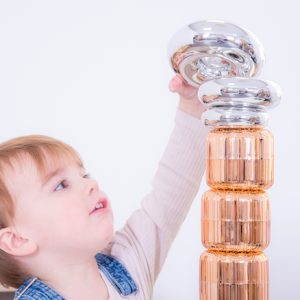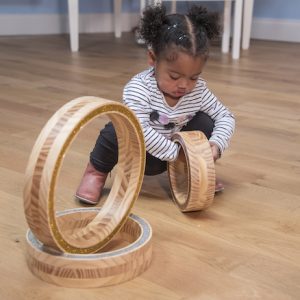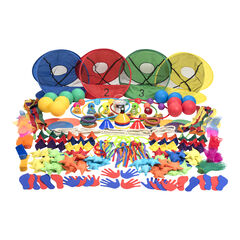Physical activity, physical development, physical education and physical literacy
It is very easy to get confused when talking about physical development and physical activity. Have you wondered about what the difference is or did you even realise there was one? And then we throw physical education into the mix. How does this relate to physical development and physical activity? Oh and just to confuse us even more, have you heard of physical literacy? Mind blown? Each are so important to helping children reach their full potential, so I thought it might be useful to unpick them and offer a little jargon busting!
What are the differences?
Go on, hands up, who wants to have a go at defining each? Because they are all different. They may be intertwined but they each have unique aspects. Maybe take a few moments to reflect on what you think each are.
A bit of jargon busting can really help us to see the differences and recognise their roles in the lives of our children. Knowing these differences can also help with planning, observation and meeting individual needs.
So if you’re ready, let’s crack on!
Physical Development
Physical development is what we see regularly referred to in the EYFS and what we are seeking to observe in children as part of their progress. It is the pattern of development in children as they grow and develop physically. Humans develop in the same pattern but at different rates (unless there is an illness or disability). You will notice same age children being at very different stages of physical development through the early years. It then starts to level out and as they reach maturation, they will be physically developed.
We all develop from the head downwards, known as cephalocaudal development. Babies start with independent lifting of their head. They can then progress to pushing their bodies up using their arms, moving on to pushing up onto all fours and the last thing they do is stand and walk. We develop from the inside outwards, known as proximodistal development, where finger dexterity (fine motor) coming after gross motor skill development. Hence the need for gross motor movements, shoulder strength and mobility being developed before fine motor skills can be truly developed.
Physical development is supported by opportunities to move from birth. Every wiggle, reach, stretch, roll, shuffle, crawl, walk and so on contributes to physical development. It includes both gross and fine motor skill development and we can support this by providing opportunities for children to move, to use different equipment and resources, to have a variety of sensory touch experiences available, to move alone and with others, to explore. To hear music and sounds to stimulate and motivate movement and more importantly to have positive role models around them. If they can see it, they are more likely to be it.
Physical Activity
Physical activity can and does support physical development, but they are not the same thing. When a child is being physically active, it will support their physical development but remember physical development can also be supported by activities that are not physically active. An example is with fine motor skill development, a child’s fine motor skills can be developed by using scissors or drawing in sand or other mark making. These are not generally physically active. This is because physical activity is defined as:
Activities that involve movement of all the major muscle groups and the body (trunk) from one place to another.
Start Active Stay Active 2011
So to be physically active the body needs to move forwards, backwards, sideways, up or down and expend energy. The body is not static.
The Chief Medical Officer guidelines (2019) recommend children 0-5 years who are capable of walking should be active for 180 minutes across the day and they recommend minimising sedentary behaviour, (seated or lying, unless asleep). For 5-18 years olds, it is 60 minutes a day with the added recommendation about the importance of intensity of movement whilst for 0-5 year olds it is simply about being up and moving.
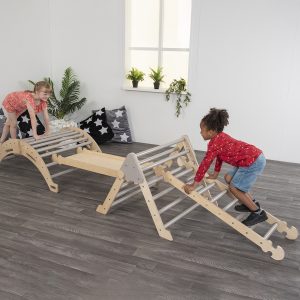
Physical activity helps with fundamental movement development, heart health, bone/muscle strength and emotional and mental wellbeing. Research also shows that physically active children have better developed social skills and are often more confident.
Physical Education
And then we have physical education, most commonly referred to as PE. This takes place in curriculum time. It is planned, progressive, and all pupils take part. High quality PE lessons include a minimum of 90% physical activity, so no queuing for equipment or awaiting a ‘turn’, minimal sitting around for introductions or plenaries, and opportunities for children to be as active as possible throughout. High quality PE has a great deal of physical activity in it, and also supports physical development. However, PE also helps to develop social skills through communication, teamwork, turn taking, negotiation etc. A high quality PE lesson supports cognitive skills including decision making, planning, evaluating, goal setting along with supporting health benefits and providing opportunities to be creative with movements, rules and equipment.
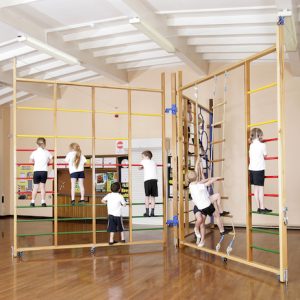
Physical Literacy
Finally physical literacy, my favourite. This is defined as the ‘motivation, confidence, physical competence, knowledge and understanding to maintain physical activity throughout the life course.’ Whitehead ((2017).
A physically literate person has more than just physical skills, they also have the knowledge to know what to do and when to do it during an activity, game or movement opportunity. They have the motivation to try new activities, to have a go, to take instructions from others and more likely to have fostered a love of movement. All of which enables them to be active for life.
So how does physical literacy link with physical activity? Well, physical activity helps us to develop movement skills and the associated health benefits that helps us be mobile and agile. This contributes to a person’s physical literacy journey. Physical development is part of the physical literacy. As we develop physically, we are able to access more opportunities to try new skills and movements and move with more control and competence. Physical education can also contribute to someone’s physical literacy journey through skill development but critically supports the knowledge and understanding of movement too.
Let us try to think of them as the Fab Four- physical development, physical activity, physical education and physical literacy. Each is important in its uniqueness and even more powerful when we consider where they intersect.
Thank you to Philippa Youlden for writing this blog for us.
Philippa Youlden is a freelance PE, sport, wellbeing and education consultant passionate about the power of movement, activity and high quality PE and school sport opportunities for all children. Philippa works nationally delivering CPD, developing educational campaigns and writing resources for a range of organisations and school networks, supporting children to enjoy, thrive and fulfil their potential through PE, sport and physical activity. www.philippayoulden.co.uk
You can also take a look at WELLNESS with Zip Active to support EYFS and KS1 Wellbeing through physical activity, and MOVE with Zip Active supporting EYFS and KS1 fundamental movement skill development and communication and language through movement.



